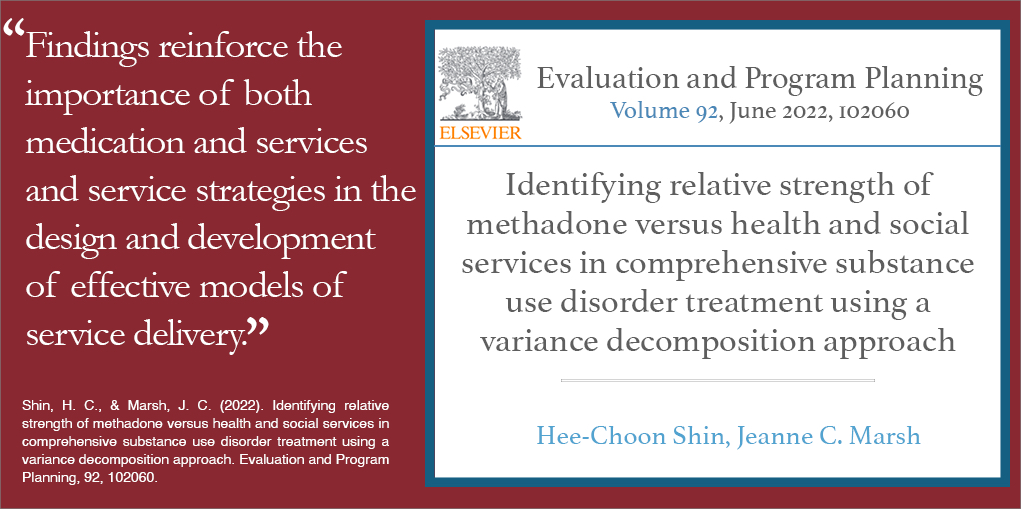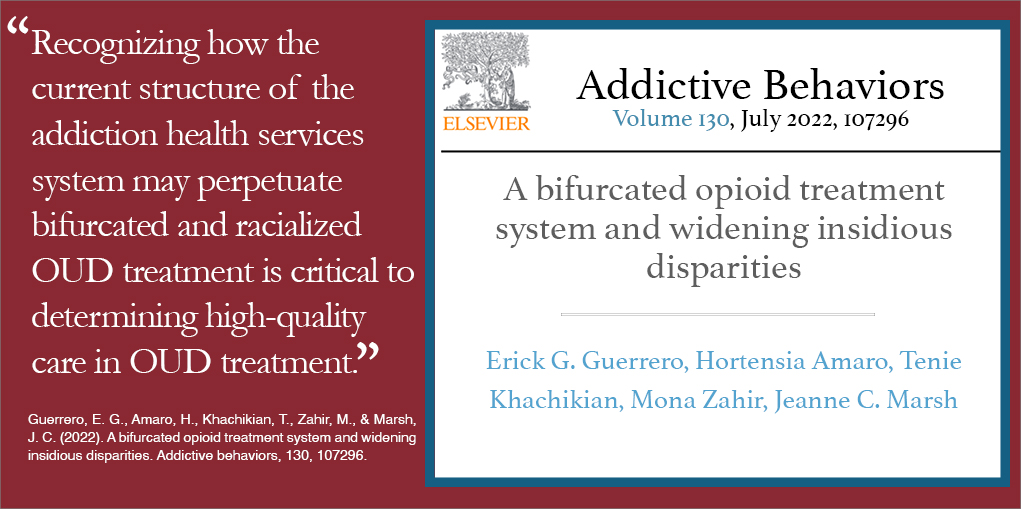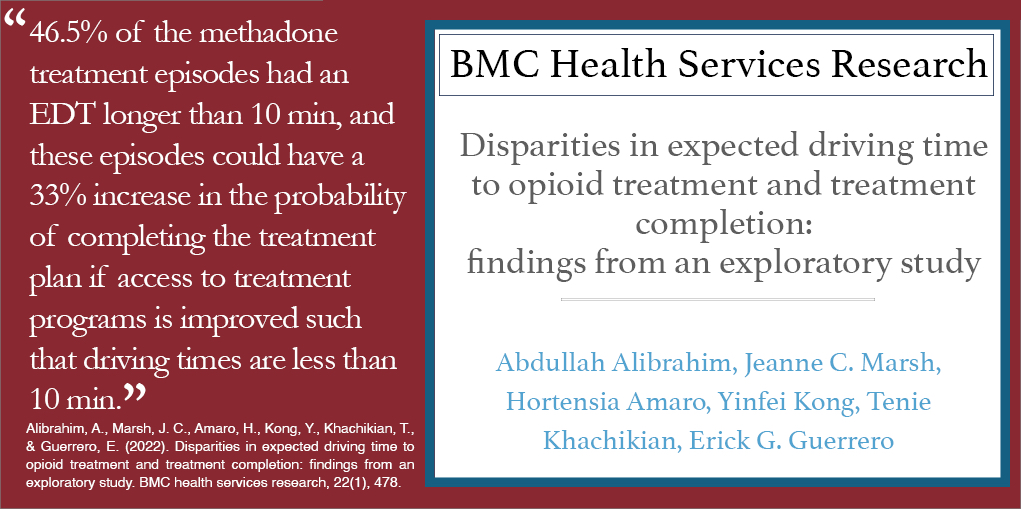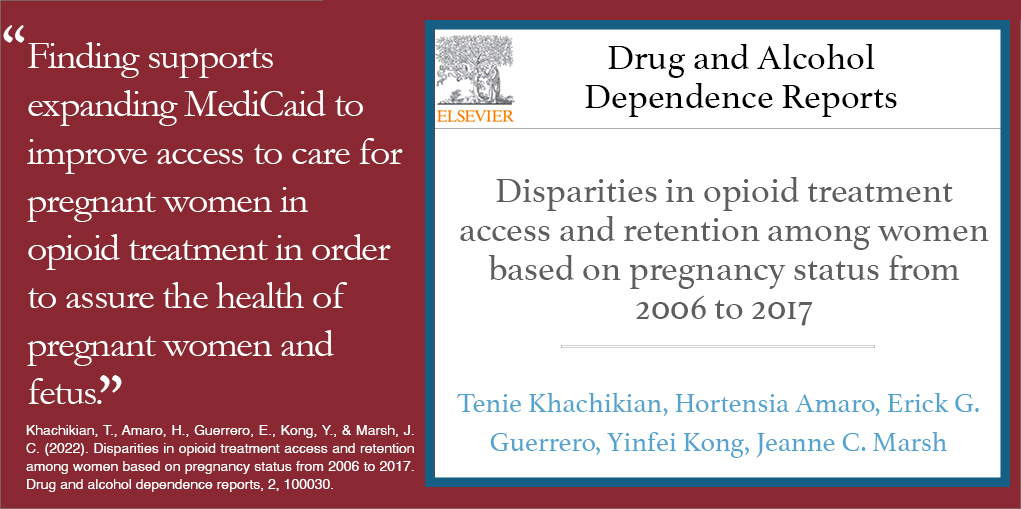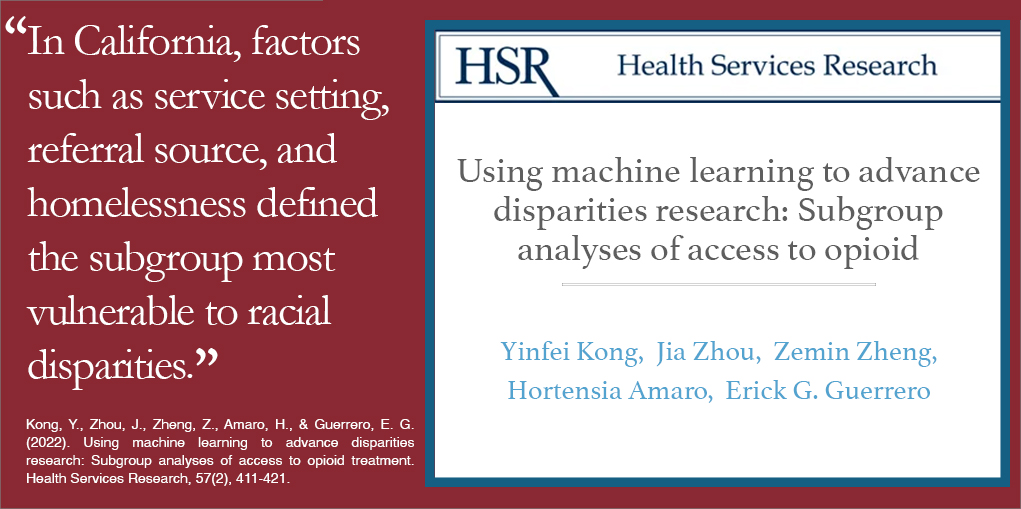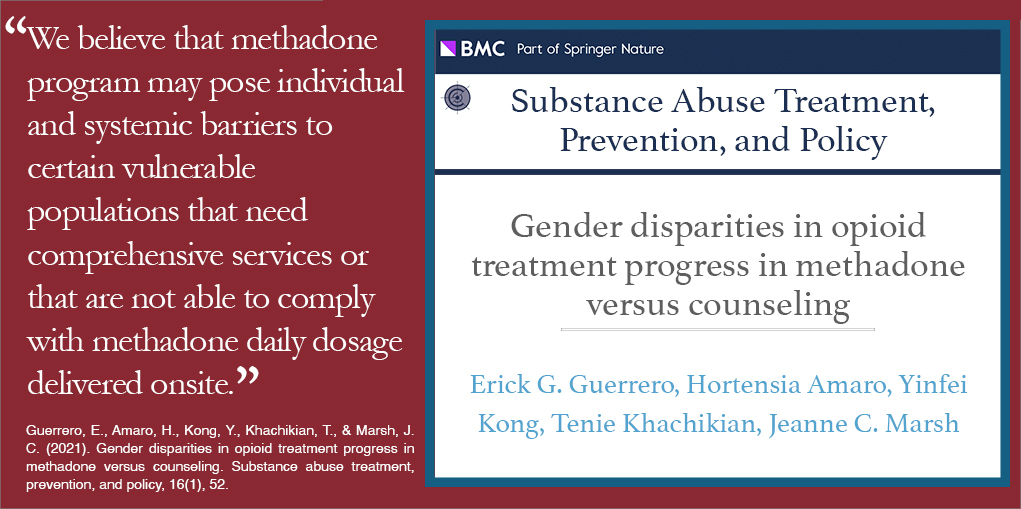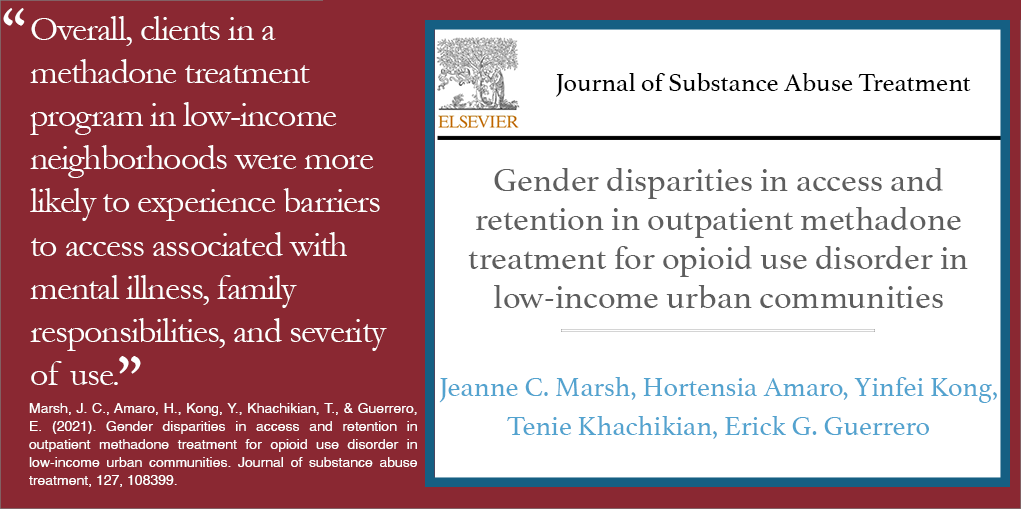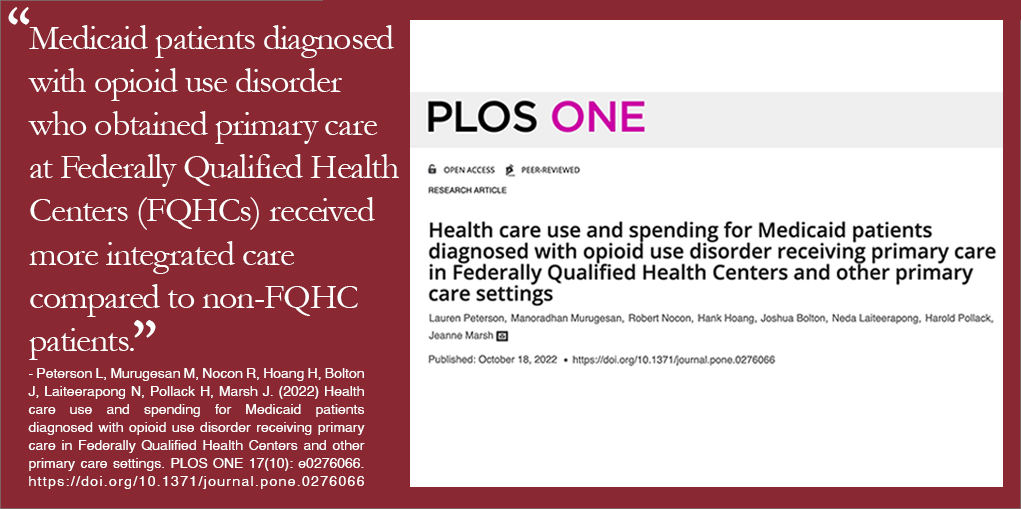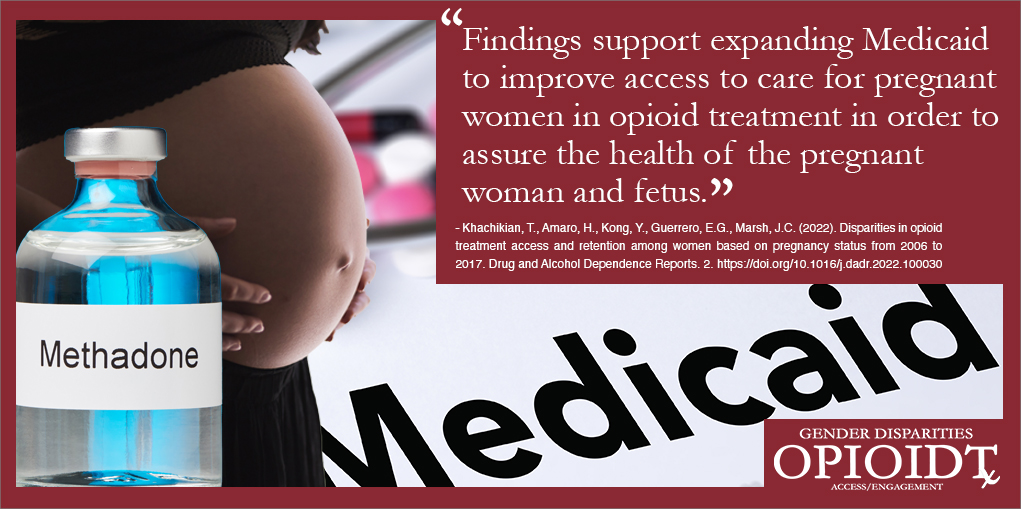Multiple Levels of Leadership in Implementing Evidence-Based Practices in Health Care
Delivery of evidence-based substance abuse treatment practices, such as contingency management treatment (CMT) and medication-assisted treatment (MAT), have been shown to improve treatment adherence and to reduce substance use. Yet, approximately less than 30 percent of addiction treatment programs have implemented MAT and less than half deliver CMT. One way to increase implementation of such evidence-based practices (EBP) at community-based addiction health service programs is through leveraging the influence of leaders. Leadership at different levels, including top and middle managers, has been shown by previous studies to be essential for ensuring implementation. Drawing on this, Dr. Erick Guerrero and his research team tested the relationship between top- and middle-level management styles and implementation of EBPs in addiction health service organizations.
In a study published in Health Care Management Review, Dr. Guerrero and his team posited the following hypotheses:
- Top managers’ transformational leadership (i.e. the ability to inspire employees to follow a particular course of action) will be positively related to middle managers’ leadership in implementing EBPs (i.e. supporting staff).
- Top managers’ transformational leadership will then be indirectly related to employee (i.e. counselors) attitudes towards EBPs, through fostering the middle managers’ implementation leadership.
- Top managers’ transformational leadership will also be indirectly related to CMT and MAT implementation, through fostering middle managers’ implementation leadership.
- Transformational leadership from top managers was positively related to middle managers’ implementation leadership of EBPs.
- Transformational leadership from top managers was indirectly related to counselor attitudes of EBPs, by fostering higher middle managers’ implementation leadership.
- There was a minimal indirect positive relationship between transformational leadership and implementation of CMT (and no relationship to MAT), generated by fostering middle managers’ leadership.




